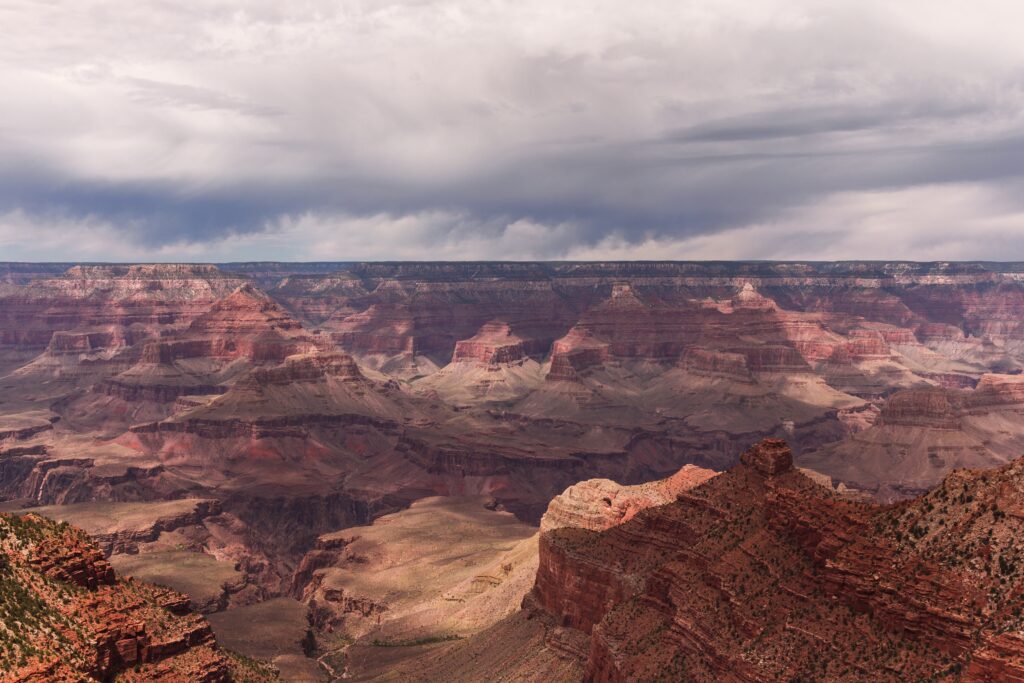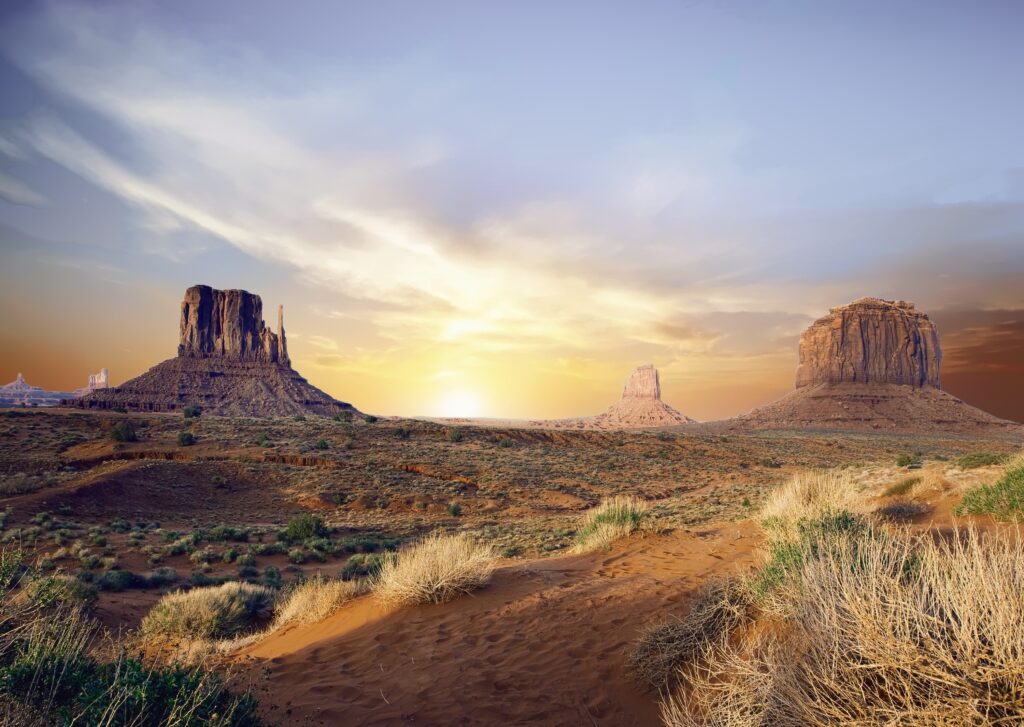Arizona
An Exploration of Arizona, The Copper State
Located in the Southwestern United States, Arizona is renowned for its rich history, diverse landscapes, and thriving economy. The state’s intriguing past, coupled with its unique geography and vibrant culture, make it a fascinating region to explore.
Geographic Overview
Arizona, a southwestern state in the U.S., is the sixth-largest and the 14th-most populous of the 50 states. Its capital and largest city is Phoenix. Apart from being part of the Four Corners region, Arizona is bordered by several states such as Utah, Colorado, and New Mexico, and the Mexican states of Sonora and Baja California.
Climate and Landscape
Arizona’s landscape is as diverse as its climate. The southern part of the state is known for its desert climate, characterized by extremely hot summers and mild winters. The northern part, on the other hand, offers a contrasting landscape of forests, mountain ranges, and deep canyons with moderate summer temperatures and significant winter snowfalls.
Historical Background
Gaining statehood on February 14, 1912, Arizona was the last of the contiguous states to be admitted to the Union. Its history is marked by its former status as part of Alta California in New Spain, and later, independent Mexico. After the Mexican-American War, Mexico ceded much of this territory to the United States in 1848.

How Did Arizona Get It’s Name
The origin of the state’s name, ‘Arizona’, has been subject to various theories. Some believe it originated from an earlier Spanish name, ‘Arizonac’, derived from the O’odham name ‘al ĭ ṣonak’, meaning ‘small spring’. Others suggest it could be from the Basque phrase ‘haritz ona’, meaning ‘the good oak’.
Historical Timeline
Arizona’s history is rich and varied, from ancient Native American civilizations to Spanish colonization and finally, statehood. This section presents a chronological overview of Arizona’s history.
Ancient Civilizations
Long before the modern era, Arizona was home to several ancient Native American civilizations, including the Hohokam, Mogollon, and Ancestral Puebloan cultures. Their cliffside dwellings, rock paintings, and other prehistoric artifacts continue to draw tourists today.
Spanish Exploration and Colonization
The first European contact was made in 1539 by Spanish Franciscan, Marcos de Niza. Later, Spanish explorer Coronado entered the area during his search for Cibola. Despite the exploration, few Spanish settlers migrated to Arizona.
Mexican Independence and American Statehood
When Mexico gained its independence from Spain in 1821, what is now Arizona became part of its territory. During the Mexican-American War, the U.S. occupied Mexico City and pursued its claim to much of northern Mexico, including what later became Arizona.

Natural Wonders
From the southern deserts to the northern forests, Arizona is rich in natural beauty. Its landscapes boast several national forests, national parks, and national monuments, including the world-renowned Grand Canyon National Park, one of the world’s seven natural wonders.
Economy and Industry
Over the years, Arizona’s economy has grown dramatically due to inward migration, transforming it into a major hub of the Sun Belt. The state is home to large companies like PetSmart and Circle K, and major universities such as the University of Arizona and Arizona State University.
Mining
Arizona has a long history of gold and silver mining. By the late 1880s, copper production overshadowed the precious metals, making Arizona the leading copper producer in the U.S.
Tourism
Tourism began to develop as a significant industry in Arizona during the 1920s and ’30s. Several upscale hotels and resorts opened during this period, attracting tourists from far and wide. Today, tourism is a vital part of Arizona’s economy.

Political Landscape
Arizona is known for its history of conservative politicians, though it has become a swing state since the 1990s. Over time, the state’s political landscape has evolved, reflecting its diverse population.
Diverse Population
Arizona is home to a diverse population, including one-quarter of the state being made up of Indian reservations serving as the home of 27 federally recognized Native American tribes. The state has also seen a significant increase in its Hispanic population since the 1980s due to migration from Mexico.

20th Century to Present
Arizona’s population and economy experienced tremendous growth after World War II. The widespread use of air conditioning made the state’s intensely hot summers more comfortable, attracting more residents and businesses.
World War II and its Aftermath
During World War II, Arizona was the site of German POW camps and Japanese American internment camps. The camps were abolished after the war, but their impact on the state’s history is significant.
Post-War Development
The post-war period saw significant development in Arizona. Residential and business expansion coupled with the growth of retirement communities transformed the state’s demographic and economic landscape.
From its rich history and diverse landscapes to its thriving economy, Arizona offers a unique blend of the old and new. The state’s past, present, and future all contribute to its distinctive character, making it a fascinating region to explore.
